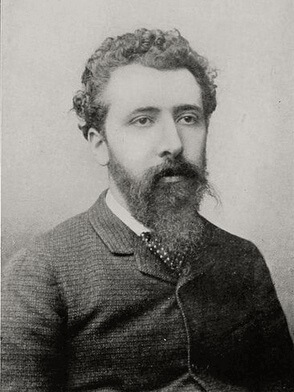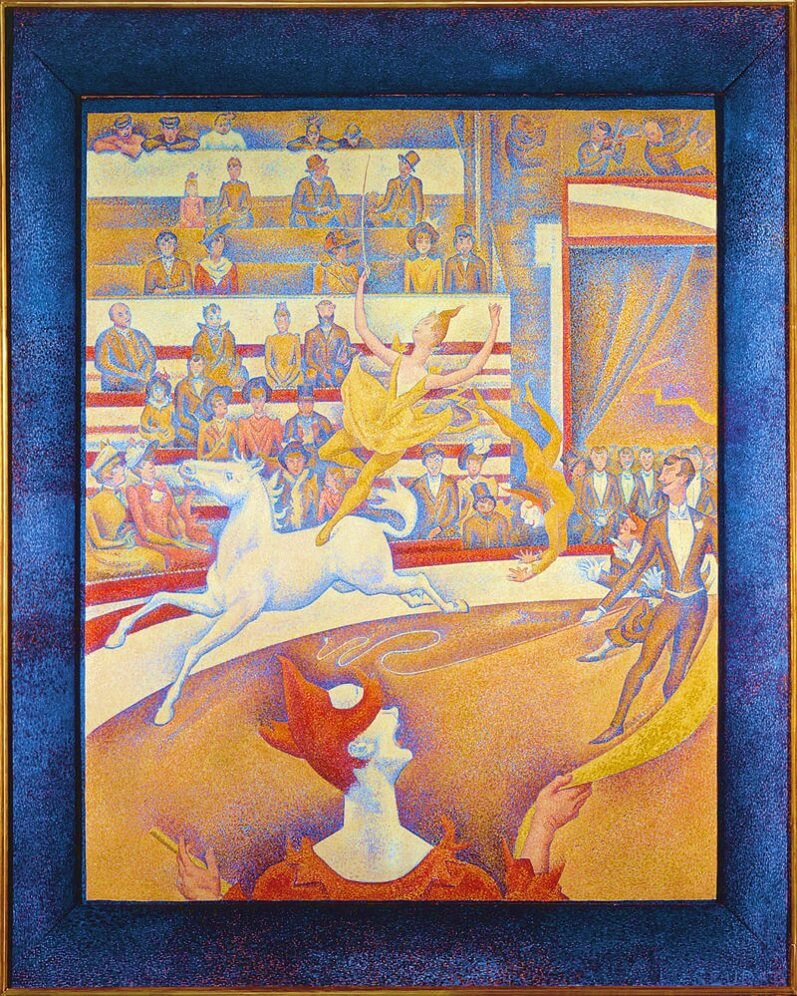Activity 1: Can You Find It?
During the week, study the painting and find the following:
- Ringleader
- Tuxedo
- Orchestra
- Audience
- Horse
- Clown
- Musicians
Activity 2: Narrate the Painting
- After studying the painting, narrate the scene shown in the painting aloud using your own words.
Activity 3: Complete Vocabulary Activities
- While studying the vocabulary words, point them out in the painting.
- Define each of the vocabulary words in your own words.
Activity 4: Color the Painting

- Click the crayon above, and complete page 44 of 'Kindergarten Art History Coloring Book.'
Activity 5: Act Out the Painting
- One day this week, hold your own circus outside.
- Use stuffed animals or pretend to be the circus animals yourselves.
- Pretend the be the lady balancing on the horse, a silly clown, the ringleader, or an audience member cheering on the show.



